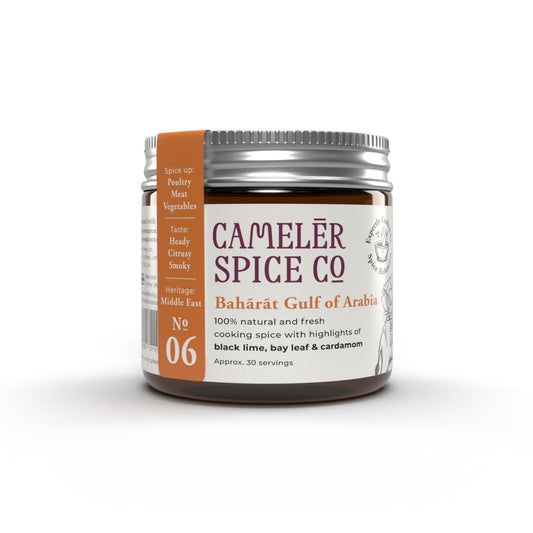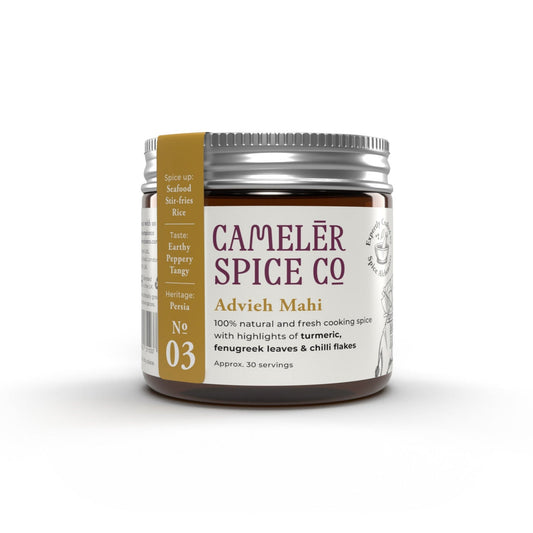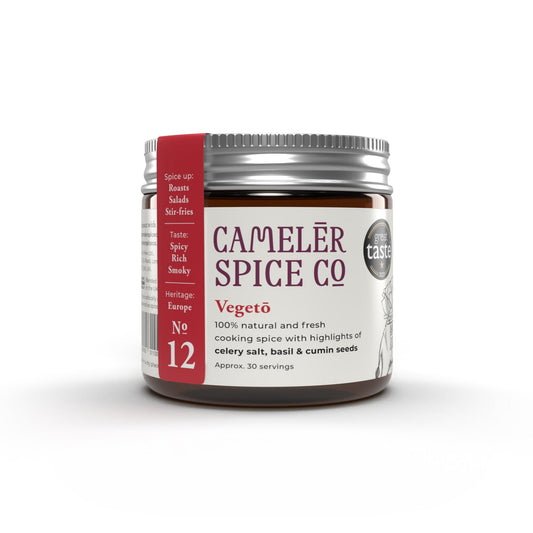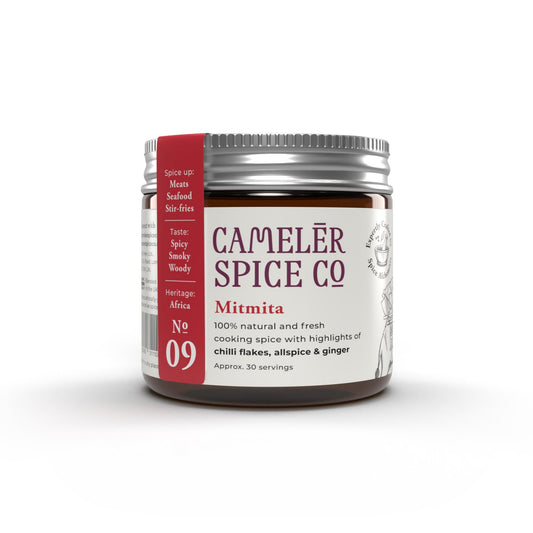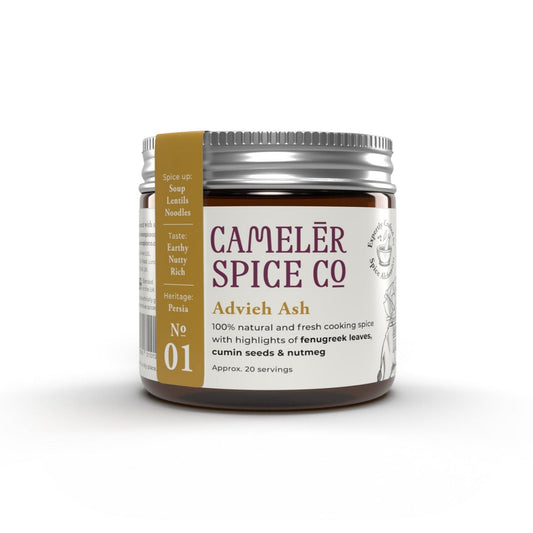
Collection: Cumin
(Also known as Roman Caraway or Jerra)
What does Cumin taste like?
Cumin is part of the parsley family. It displays earthly, herby and woody notes. The small brown cumin seeds, similar to caraway, have a warm, assertive flavour and a slightly bitter taste. A staple ingredient in many ethnic recipes, some people adore it, while others loathe it. The Romans fell into the former category and sprinkled cumin seeds on their loaves of bread.
Native to Egypt's Nile Valley, Cumin and coriander are most recognisable as the contributors to Indian food's predominant aroma. It is also used extensively in European, North African, and American cuisines in spice blends, vegetables, sausages, fish dishes, chutneys, bread, and stews. It is said to have been used in Egypt and Crete as long as 4,000 years ago and was introduced to Latin America by Spanish explorers. From chile con carne to Dutch cheese, cumin is a versatile and much-loved spice the world over. Cumin holds a silver place in being the second most popular spice in the world after black pepper.
What flavours go with cumin?
For those of you who like cumin, you will almost always find coriander seeds in close pursuit. Most global cuisines pair them together.
Other flavours that go with cumin:
- Apricot
- Beetroot
- Carrot
- Cauliflower
- Cardamom
- Cinnamon
- Cloves
- Corriander
- Cucumber
- Cumin
- Lemon
- Lime
- Mango
- Nutmeg
- Mint
- Potato
- Saffron
- Turmeric
Our tangy 6th-century BC Persian fish blend of Advieh Mahi is one great example of cumin and coriander. Cumin and mint will transport you to the souks of Cairo. The combination of lime and cumin is very much about alchemy and a strict formula but it can be quite something when you get it right. The cooling Indian drink of 'jal jeera' is one such example.
What are the health benefits of cumin?
Just one teaspoon of cumin is packed with iron. It also includes key nutrients of copper, both beneficial towards healthy red blood cells.
What is cumin used for medically?
Cumin was prescribed to relieve flatulence and to aid digestion traditionally.
What are interesting facts about cumin?
- It is known that cumin was used around 5000 years ago. Evidence of cumin was found in the Egyptian Pyramids. The Ancient Grecians and Romans used cumin like we use black pepper, alongside salt on the dinner table. It was regarded as the king of seasonings in the Roman empire. To this day, salt combined with cumin is a tabletop seasoning in parts of Africa and Georgia.
- In the 1600s, Arab traders brought cumin to many parts of the world, including North Africa, Persia, India, Indonesia and China. It became a key ingredient in many spice blends as it still does today.
- Spanish conquistadors introduced cumin to the Americans in the 16th Century, particularly in Mexico - it is still part of many Mexican dishes today. Cumin was known to be used to pay taxes like many other spices in the past.
- Folklore tales state that happiness would be in close pursuit if you carried cumin on your wedding day.
What is the chief flavour profile found in cumin?
Cuminaldehyde: (bitter, herbal and earthy) This musky spice has a flavour compound found in beef and cinnamon. It pairs well with sweet spices like cinnamon as well as cardamom and nutmeg because of its warming qualities.
Shop Spices With Cumin
-
Baharat Gulf Of Arabia
Regular price £8.95 GBPRegular priceUnit price / per -
Advieh Mahi
Regular price £8.95 GBPRegular priceUnit price / per -
Advieh Ash
Regular price £8.95 GBPRegular priceUnit price / per


